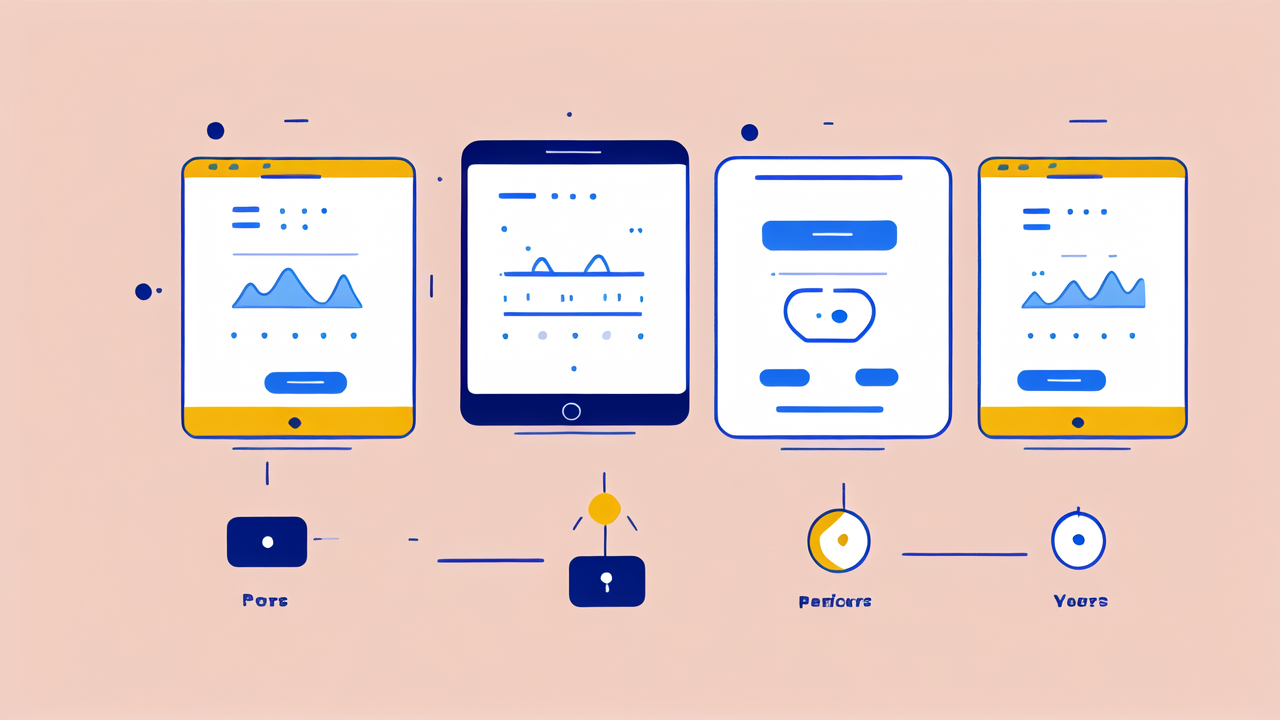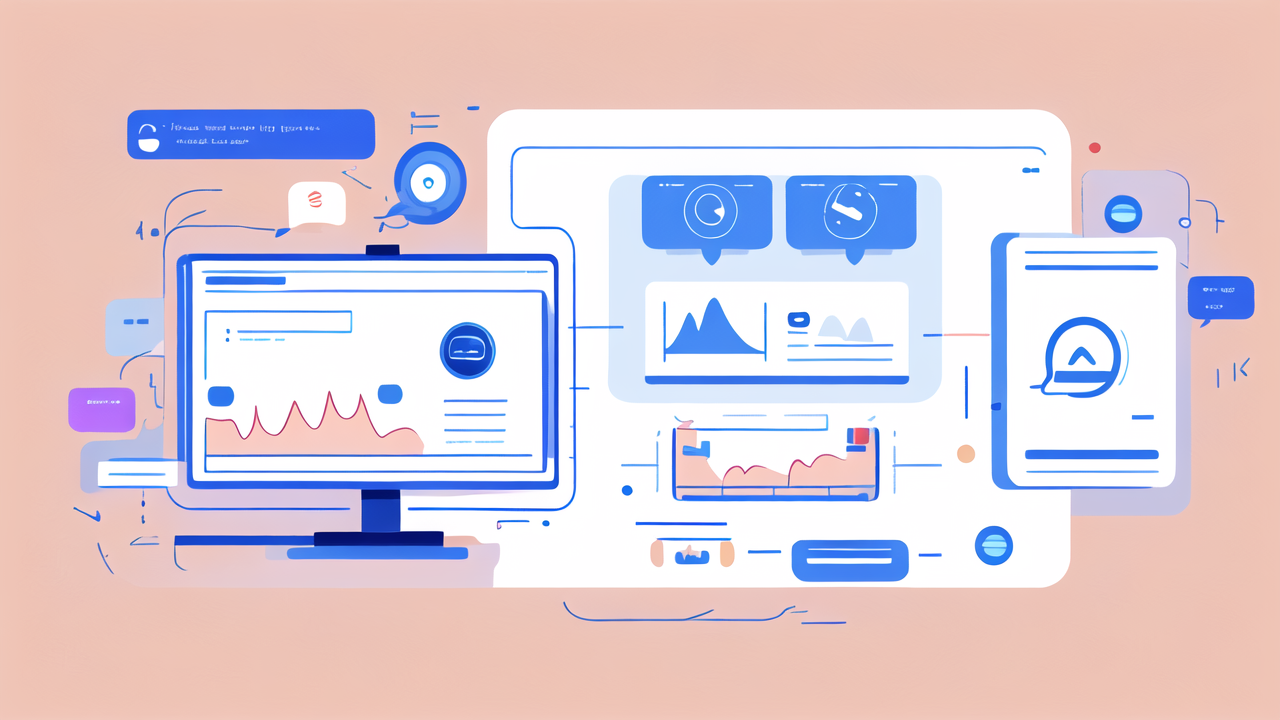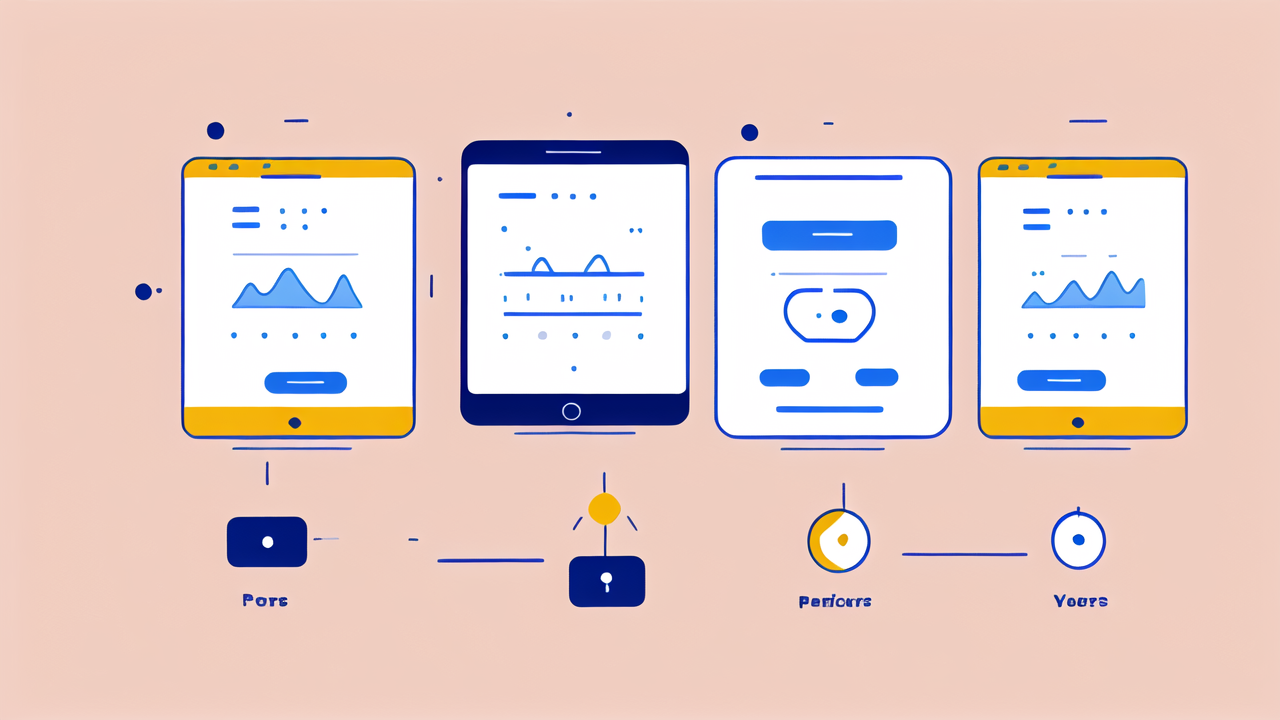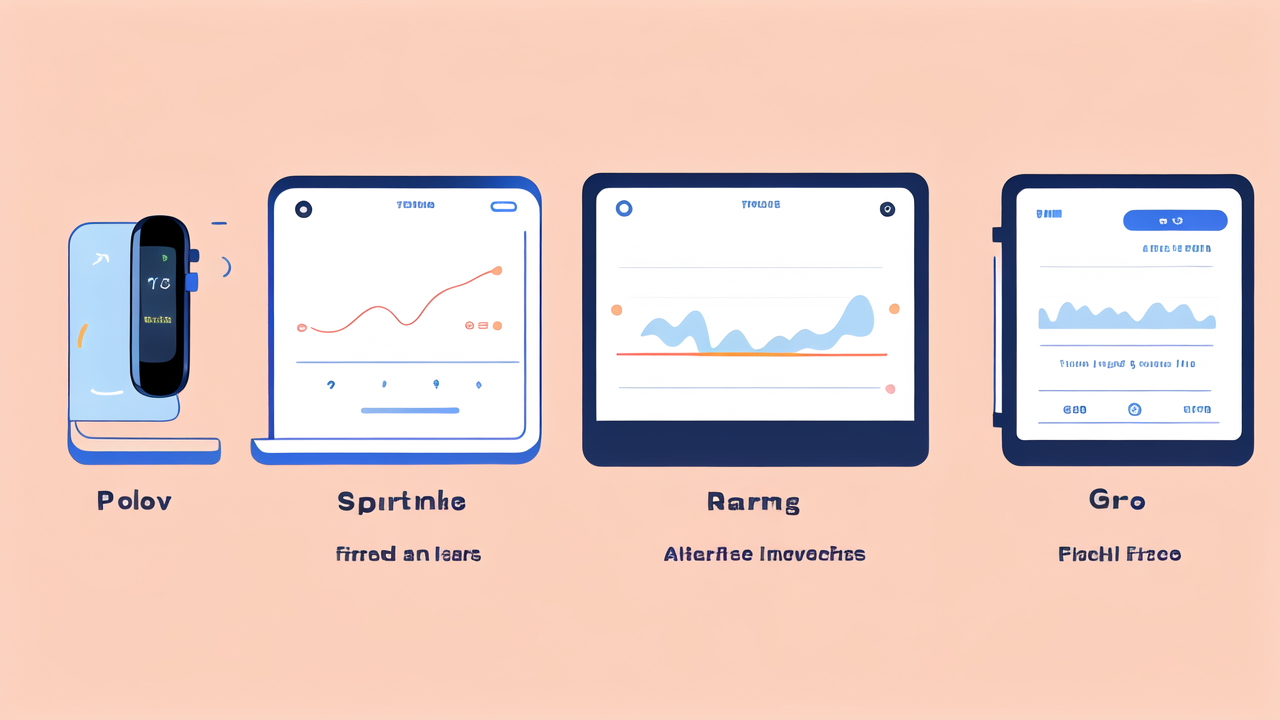The Evolution of Wearable Technology in Healthcare
A Brief History of Wearable Fitness Devices
Wearable fitness devices have come a long way since their inception. The journey began with simple pedometers in the 1960s. These basic step counters paved the way for more advanced tech. In the 1980s, heart rate monitors gained popularity among athletes. The 2000s saw the rise of GPS-enabled devices for runners and cyclists. Then came the real game-changer: the smartphone. It allowed for app integration and data tracking. This led to the birth of modern fitness trackers in the early 2010s. Brands like Fitbit and Jawbone became household names. They offered features like step counting, sleep tracking, and calorie monitoring. Today, smartwatches dominate the market, offering a wide range of health tracking features.

Major Innovations Driving Wearable Tech in Healthcare
Several key innovations have propelled wearable tech in healthcare forward. Miniaturization of sensors has been crucial. It allows for more compact and comfortable devices. Improved battery life means users can wear devices for longer periods. This enables continuous monitoring and data collection. Advancements in data analytics have made sense of the vast amounts of data collected. This turns raw numbers into actionable health insights. Wireless connectivity has made it easy to sync data with smartphones and the cloud. This allows for real-time monitoring and alerts. The integration of ECG sensors in smartwatches has been a major breakthrough. It enables users to detect potential heart issues early. Continuous glucose monitoring for diabetics has also been a game-changer. These innovations have made wearables an integral part of preventive healthcare.
The Impact of Wearable Devices on Patient-Centered Care
Wearable devices have revolutionized patient-centered care in several ways. They empower patients to take control of their health. Users can track their vital signs, activity levels, and sleep patterns daily. This data helps them make informed decisions about their lifestyle. It also allows for early detection of potential health issues. Doctors can use this data to provide more personalized care. They can spot trends and make more accurate diagnoses. Wearables also improve medication adherence through reminders and tracking. For chronic conditions, they enable remote monitoring by healthcare providers. This reduces the need for frequent hospital visits. Patients feel more engaged in their health management. This leads to better outcomes and improved quality of life. Wearables are bridging the gap between clinical visits, providing continuous health insights.
Current State of Wearable Tech in the Health Industry
Adoption Rates and Consumer Behavior
Wearable tech adoption in the US health industry has seen significant growth. As of 2023, over 30% of Americans use some form of wearable health device. This number is expected to rise to 40% by 2025. Smartwatches are the most popular type of wearable, followed by fitness trackers. Consumers are increasingly using these devices for health monitoring, not just fitness tracking. Heart rate and sleep quality are the most tracked metrics. Many users share their data with healthcare providers. This trend is more common among younger generations and urban populations. Price remains a barrier for some consumers. However, as prices drop and features improve, adoption rates continue to climb. Many see wearables as an essential tool for maintaining their health and wellness.

Key Players and Market Leaders in Wearable Health Tech
The wearable health tech market is dominated by a few key players. Apple leads the pack with its Apple Watch series. It offers features like ECG, fall detection, and blood oxygen monitoring. Fitbit, now owned by Google, remains a strong contender in the fitness tracker space. Garmin is popular among serious athletes for its advanced sports tracking features. Samsung's Galaxy Watch series competes closely with Apple in the smartwatch market. Other notable players include Withings, Oura Ring, and Whoop. These companies focus on specific niches like sleep tracking or recovery monitoring. Tech giants like Amazon and Facebook are also entering the market. They're developing new wearable devices with health-tracking capabilities. Competition is fierce, driving rapid innovation and feature expansion in the industry.
Regulatory and Healthcare Provider Perspectives
Regulatory bodies and healthcare providers are adapting to the rise of wearable health tech. The FDA has created a new category for "digital health" products. This includes many wearable devices. They're working on frameworks to ensure the safety and efficacy of these devices. Healthcare providers are increasingly embracing wearable tech data in patient care. Many hospitals now have systems to integrate data from patients' wearables. This helps in monitoring chronic conditions and post-operative recovery. However, there are concerns about data privacy and security. Providers must ensure that patient data from wearables is protected. There's also a need for standardization in data collection and interpretation. Some doctors worry about the accuracy of consumer-grade devices. Despite these challenges, most see wearables as a valuable tool in modern healthcare.
The Road Ahead for Wearable Health Tech
Emerging Trends in Wearable Technology
Several exciting trends are shaping the future of wearable health tech. Non-invasive glucose monitoring is a major focus. Companies are working on wearables that can measure blood sugar without needles. Sweat analysis is another emerging area. Devices could soon analyze sweat to detect various health markers. Smart clothing with embedded sensors is gaining traction. These could provide more comprehensive body monitoring. Brain-computer interfaces are advancing rapidly. They could help people with disabilities control devices with their thoughts. Augmented reality glasses may soon offer health-related information in real-time. Ingestible sensors are being developed to monitor internal health metrics. Nano-wearables, tiny devices that can be implanted or injected, are on the horizon. These could provide ultra-precise health monitoring at the cellular level.

The Role of AI and Machine Learning
AI and machine learning are set to play a crucial role in wearable health tech. These technologies can analyze vast amounts of data from wearables. They can identify patterns and predict health issues before they become serious. AI can provide personalized health recommendations based on individual data. Machine learning algorithms can improve the accuracy of wearable sensors over time. They can also help in detecting anomalies that might indicate health problems. AI-powered chatbots could provide instant health advice based on wearable data. In clinical settings, AI can help doctors interpret complex data from multiple wearables. It could also assist in diagnosing conditions based on long-term data trends. As AI and ML advance, wearables will become smarter and more proactive in health management.
Future Challenges and Opportunities in Wearable Health Monitoring
The future of wearable health monitoring is bright, but challenges remain. Data privacy and security will continue to be major concerns. As devices collect more sensitive health data, protecting it becomes crucial. Ensuring the accuracy and reliability of wearable sensors is an ongoing challenge. There's a need for more clinical validation of consumer devices. Battery life remains a limitation for many wearables. Developing longer-lasting, faster-charging batteries is key. Interoperability between different devices and health systems is another hurdle. Creating standards for data sharing and integration is essential. There's also a risk of over-reliance on technology in healthcare. Balancing tech with human judgment will be important. Despite these challenges, opportunities abound. Wearables could revolutionize preventive care and chronic disease management. They could reduce healthcare costs by enabling early intervention. Personalized medicine based on continuous monitoring could become a reality. The integration of wearables with telemedicine offers exciting possibilities for remote care.




Leave a comment
This site is protected by hCaptcha and the hCaptcha Privacy Policy and Terms of Service apply.